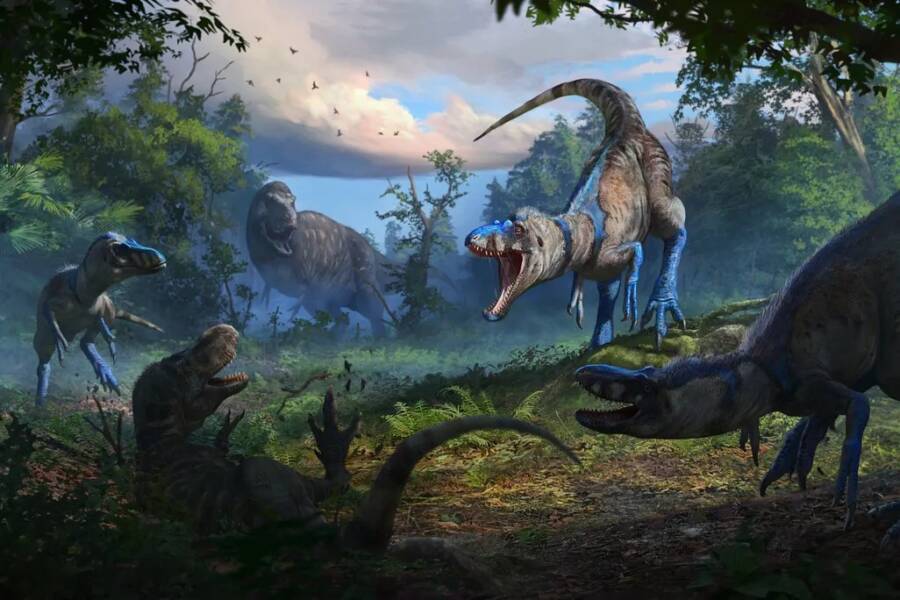Scientists Uncover Giant Manta Ray Species That Could Hide a Surprise Twice the Size of Your Car Garage
“Kids often ask me if, in this day and age, there is really anything left to discover. I always laugh and end up telling my story because I am living proof that there is,” Marshall said in her 2022 Instagram post. “The only barrier we face is being close-minded and assuming we know it all, when in fact we have barely scratched the surface.”
After reading about the discovery and identification of the Atlantic manta ray, read about the massive new stick insect species uncovered in Australia. Then, take a look at 11 of the weirdest animals on Earth.

















